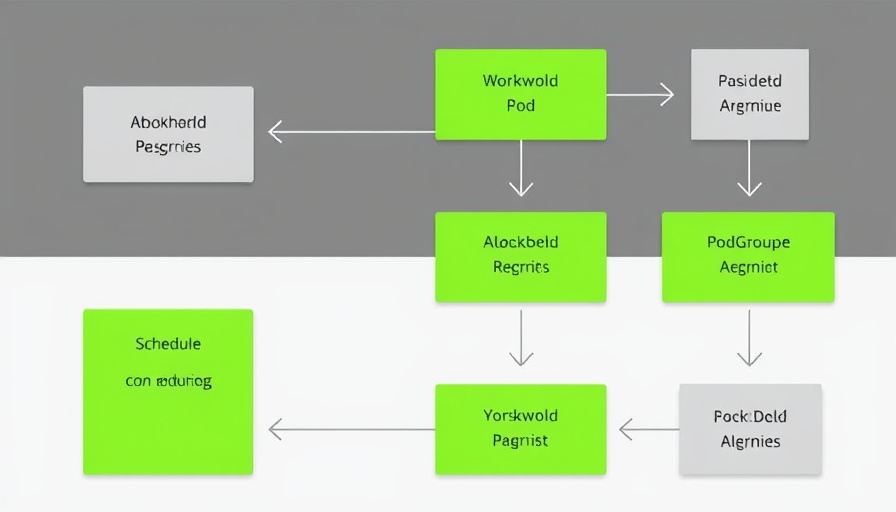
Palantir vs. Nvidia: The Clash of AI Titans
The ongoing artificial intelligence (AI) revolution has become a focal point for investors, with two prominent names stealing the spotlight: Palantir Technologies (PLTR) and Nvidia Corporation (NVDA). While both companies play crucial roles in the AI ecosystem, they embody divergent strategies that could appeal to different types of investors. Dive deeper as we explore each brand's unique contributions to the tech landscape.
Understanding the AI Landscape
AI's evolution from concept to mainstream application is reshaping industries globally. Current projections indicate that global spending on AI will surpass $300 billion by 2025, with demand expanding at a compound annual growth rate of over 25%. This surge has resulted in an intense focus on AI infrastructure, emphasizing the need for innovative hardware, software, and processing solutions.
Palantir's Business Model and AI Solutions
Palantir specializes in data integration and analytics, offering platforms like Gotham and Foundry to cater to both government and commercial clients. Notably, Palantir's emphasis on utilizing AI for practical applications allows organizations to resolve complex operational issues. The company's Artificial Intelligence Platform (AIP) launched in 2023, integrates securely with proprietary data, addressing critical concerns surrounding data security that have hampered widespread enterprise adoption.
Nvidia's Dominance in AI Infrastructure
In contrast, Nvidia stands as a powerhouse in hardware manufacturing. Its GPUs, once primarily used for gaming, have been repurposed for AI processing, cementing Nvidia's role as the backbone of modern AI systems. The company's latest architecture, the Blackwell series, boasts performance enhancements that underscore Nvidia's technological leadership.
The Financial Performance Snapshot
Financial metrics highlight the divergent paths of these companies. Palantir has shown promising growth, recently achieving GAAP profitability for six consecutive quarters and posting a revenue increase of 27% year-over-year, driven largely by commercial clients. In contrast, Nvidia's explosive growth trajectory is reflected in its staggering revenue figures, with a 112% increase in data center revenue alone, propelling its stock price significantly.
Risks and Challenges Ahead
However, both firms face risks that could impact their futures. Palantir's heavy reliance on government contracts exposes it to political fluctuations, while Nvidia contends with potential competition from emerging technologies, including those illustrated by advances from firms like DeepSeek. Furthermore, Nvidia's high valuation invites scrutiny; any missteps could result in significant market repercussions.
Making the Investment Decision
Determining which stock to invest in depends on the investor's profile. For individuals seeking a stable, industry-leading investment, Nvidia may be the preferable option, given its unparalleled market dominance and proven financial results. Conversely, investors willing to embrace higher risk for potential reward might find Palantir more attractive due to its innovative solutions and growth prospects in the enterprise AI sphere.
Conclusion: Navigating the AI Investment Landscape
Ultimately, choosing between Palantir and Nvidia hinges on individual goals and risk tolerance. Both companies offer unique pathways to engage with the AI revolution, yet they navigate this emerging landscape drastically differently. Whether investors opt for the established giant or the agile innovator, awareness of the evolving market dynamics and technological advancements will be vital for future success.
As you ponder your next investment, consider Nvidia's expansive infrastructure or Palantir's strategic approach to data analytics. Knowing what your portfolio needs will guide your decision in this rapidly advancing tech frontier.
 Add Row
Add Row  Add
Add 




 Add Row
Add Row  Add
Add 

Write A Comment